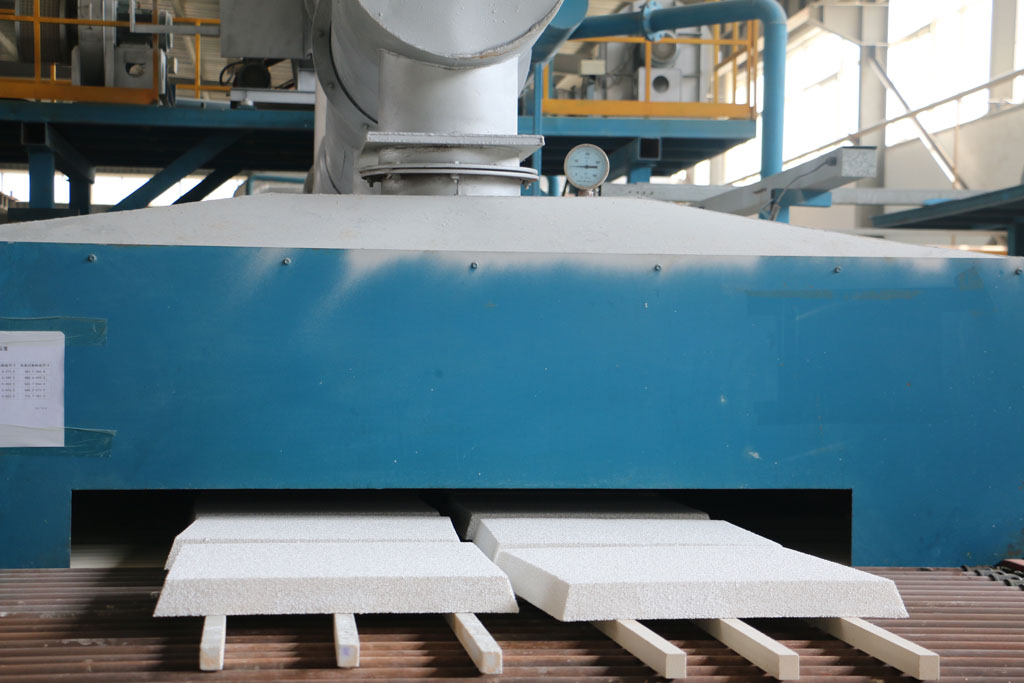
16 6月 Singapore China Foundry Filter
Singapore China Foundry Filter has an open-cell structure, which is characterized by multiple interconnected voids that allow molten metal to pass through to remove or minimize the solids entrained from the final cast product, or to promote the melt-to-melt Impurity exchange.
Such filters may include solid filters, plates made of sintered ceramic aggregates or porous carbon plates, and foam ceramic filter plates.
High-quality metal products are also widely recognized for their excellent performance.
At the same time, the continuous development of science and technology has made the metal processing technology of the foundry industry more advanced.
The filtration of impurities in the molten metal during the casting process is one of the key links.
Ceramic foam filters for molten metal are used to remove inclusions and reduce turbulence.
So as to achieve a fast and stable molten metal filling flow rate, thereby improving the quality of castings.

Foam ceramic filters used in molten metal filtration process have been widely used in casting production.
Filtering of Molten Aluminum become the simplest and most effective method.
Improve the mechanical properties of castings, reduce pores and inclusions. The materials used to cast different metals are also different. The series of castings Singapore China Foundry Filter produced by AdTech New Material Company can customize foam ceramic filters of different materials and pore sizes according to customer requirements to filter different castings.
Gaskets or sealing devices prevent metal from entering the sealing surface of the fixture unit. Their use greatly simplifies cleaning and effectively extends the life of the unit by eliminating metal corrosion problems. In addition, due to its elasticity, the gasket can provide enough friction to maintain the position of the filter body in the filter cavity without the need for other types of pressing devices. The elastic sealing device should handle specific molten metal that does not wet the metal, is resistant to chemical corrosion, and is fire-resistant enough to withstand higher operating temperatures.
In 1961, the Singapore government created the Jurong Industrial Zone in order to speed up the process of industrialization and promote economic development. The area covers an area of 70 square kilometers and contains multinational companies from all over the country and local high-tech manufacturing companies.
The Singapore government has also divided the northeastern part of Singapore into a new industrial zone and a pollution-free industrial zone based on the geographical environment.
The southwestern part of the coast, Jurong Island and Mao Hiro Island are designated as ports and heavy industrial areas.
The central area consists of light industry and general industrial areas.
Singapore’s industries mainly include manufacturing and construction.
In 2012, the output value was 108.55 billion Singapore dollars, accounting for 25.1% of GDP.
Manufacturing products mainly include electronics, chemistry and chemicals, biomedicine, precision machinery, transportation equipment, petroleum products, oil refining and other products.
So far, Singapore has become one of the largest ship-repairing and building bases in Southeast Asia and the third largest oil refining center in the world.


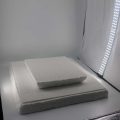
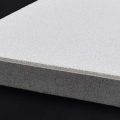
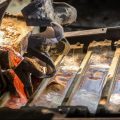
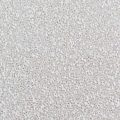
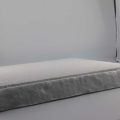
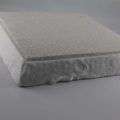
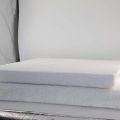
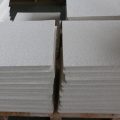
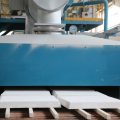
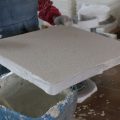
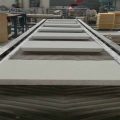
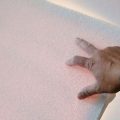
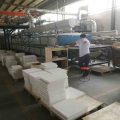
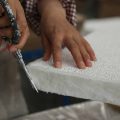
No Comments